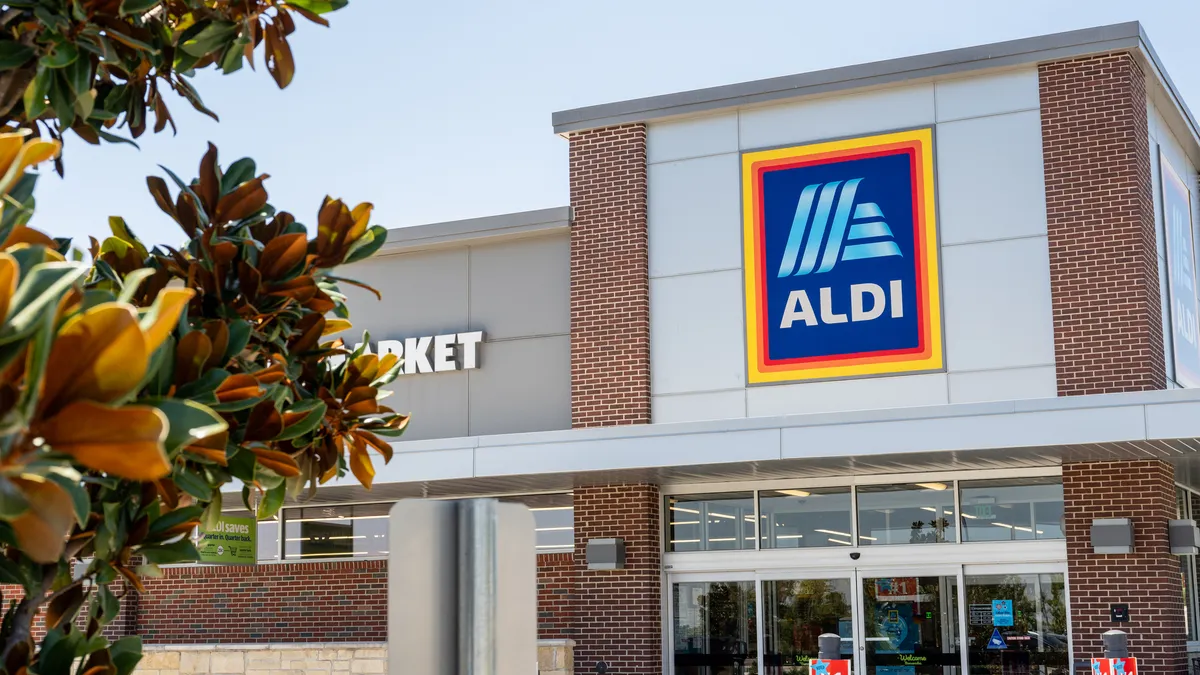Becki Zeuner is an associate strategist with global brand strategy, design and experience firm, Siegel+Gale.
E-commerce has redefined how we shop, cook, consume and go about our daily lives. Services like Amazon Fresh, Blue Apron and Fresh Direct have redefined convenience, conjuring up images of neatly arranged cardboard boxes and instant delivery.
Looking at futuristic models where drone delivery and smart kitchen appliances are routine, how can grocery stores make sure to stay relevant amid the convenience of online shopping and instant delivery? What does the store of the future look like beyond checkout-free front ends?
Here are three steps to future-proofing your grocery business.
Step 1: Understand your customer beyond the walls of the grocery store
To serve up a truly convenient experience, grocery stores need to show a level of commitment to the core customer. This starts with a very clear understanding of who your customer is, including their basic demographics, shopping habits, food rituals and pain points — and their lives beyond the grocery store.
Outdoor Voices, which considers itself “technical apparel for recreation,” is a rapidly expanding brand that started as a women’s clothing line and more recently expanded to men. The brand focuses on its community of “Recreationalists” to build comradery with core customers, who believe in staying active with peers rather than competing and performing through athletics.
Getting to that level of insight means investing in research to develop a robust understanding of your target shopper, and then following through with an experience that delivers on convenience regardless of legacy expectations.
Step #2: Build an experience — and a brand — around your core customer
The next step is to build an experience that delivers on this understanding. From store layout to pricing to private label products, everything should be designed with your customer in mind. How can you position your brand, from brand story to signage to employee training, to carry this commitment to your customer as a through point?
Let’s imagine your core customer is the young family, living in a metropolitan area in the Northeast, with a tight budget and limited time for food exploration. How can the grocery store become truly convenient for this customer?
Retailers like Hy-Vee, Oregon Dairy, Shady Maple and Wegmans are bringing family-oriented innovations in-store. Hy-Vee not only offers meal solutions in-store, they also have weekly menus, recipes, budget-friendly plans and special dietary offerings catering to a wide ranges of needs.
Pennsylvania's Shady Maple offers “Grandma’s Jam House," a bulk cereal section and numerous other experiences that make the brand feel homemade, convenient and affordable. While these stores are not explicitly connecting brand and customer, they lean into local and homemade — two genuine attributes that connect them to the local customer. Both Oregon Dairy and Shady Maple build a cohesive food journey that connects a great food experience with a distinct brand — something most companies don't do.
While stores are bringing new ideas to the forefront, few are connecting these experiences to their brand and reinforcing a differentiated offering to the customer. Grocery stores must connect the brand to the core customer, building a cohesive and convenient value that pushes against the typical category confines
Step #3: Create a feedback loop between customers and employees
A brand can only cater to customers by listening to, and acting on, customer feedback. A critical part of designing the future grocery experience is understanding what your core customers like and dislike, and this can’t stop once your newly imagined store is complete. Designing and planning should be iterative, with customer and employee feedback a critical part of the process.
A prime example of this is Studio Connect, Target’s exclusive, invite-only app that seeks feedback from customers to create a more personalized experience. Members are personally invited and rewarded for helping with online research and polls. As Target highlighted, “Studio Connect enables our designers to interact with guests at any point while developing products.” Target has taken Studio Connect even further to include diverse users, including feedback from families with children on the autism spectrum and other disabilities so their products are more inclusive.
Ultimately, convenience in the context of grocery means creating a great experience for your customers. While online delivery and mobile ordering undoubtedly make food shopping easier, a trip to the grocery store is something that can't be replicated and should also be enjoyable and relevant. By tapping into the needs of a specific customer and building a brand — and an experience — around what they need, grocery stores can deliver on convenience in a way that no online retailer can.















